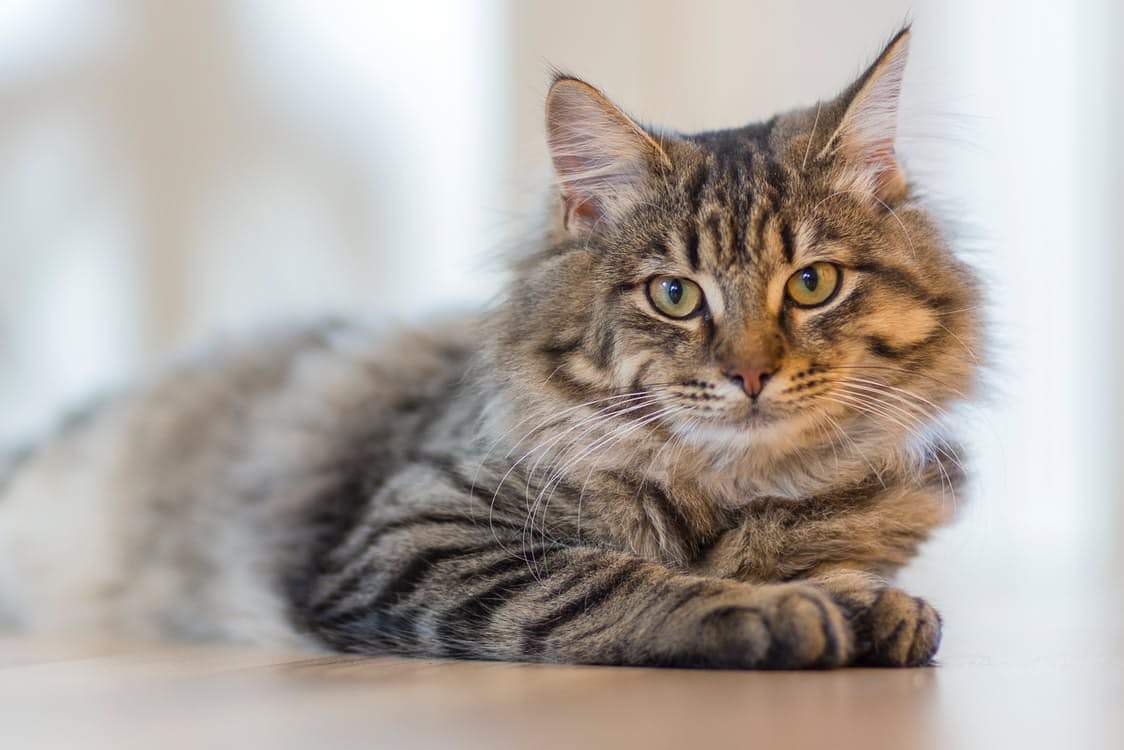What To Do if Your Cat has a Seizure
•Posted on November 27 2017

 Seeing your cat having a seizure is very upsetting and unpleasant, there’s no doubt about it. They can happen for a variety of different reasons (previous injury to the brain, kidney disease, diabetes, infection, environmental toxins, etc).
Seeing your cat having a seizure is very upsetting and unpleasant, there’s no doubt about it. They can happen for a variety of different reasons (previous injury to the brain, kidney disease, diabetes, infection, environmental toxins, etc).
Signs and symptoms of a seizure
The first stage of the seizure will be the ‘focal onset’ which will see your cat becoming dazed or suddenly run and hide, or possibly come to you looking scared. Then when the seizure begins your cat will fall on their side and become very stiff. Salivation, moving the jaw rapidly and urinating or evacuating bowls are all common seizure symptoms too. A seizure will last between 30-90 seconds. After the seizure, your cat might not be able to see properly and may wander around looking confused and still dazed. They should recover fairly quickly though it can take a cat up to 24 hours to be back to normal.What to do immediately:
- Keep your cat from harming himself, but unlike with a human having a fit, do not put your finger(s) in your cat’s mouth. They won’t swallow their tongue, and you will most probably get bitten.
- Make sure their immediate environment is safe and secure – no sharp object near them that they can hit themselves on, no other pets or children around, and be sure they’re on the ground- not on a high surface as the seizure makes them lose control of their bodies so they will likely fall.
- Be calm and watch your cat carefully. Note the length of the seizure if you can. If it lasts for longer than 3 minutes or has another one straight after the first, then you have an emergency on your hands and need to get your cat seen by the vet asap.
- Expect them to lose control of their bodily functions during the seizure.
What to do afterwards:
- Keep calm, use a soothing reassuring tone and speak softly to them letting them know you’re there but do not attempt to pick them up or stroke them just yet unless you need to get them to the emergency vet right away if the seizure is prolonged or starts again. If you do need to move them, wrap them in a thick towel to prevent injury to either of you.
- Take them to the vet once you are sure they have come around from their post seizure phase. Your cat will be disorientated and wobbly.
- Establish the cause of your cat’s seizure with your vet. This may involve a number of tests to determine whether your cat is in fact epileptic or suffering from a brain lesion, kidney failure or any other ailment that can cause seizures in cats.


